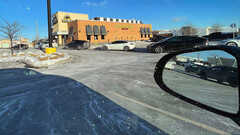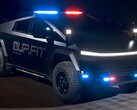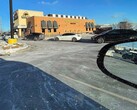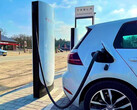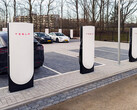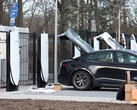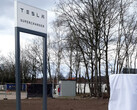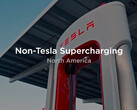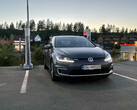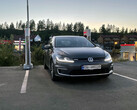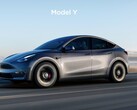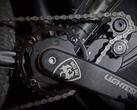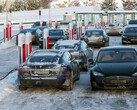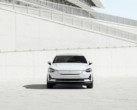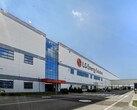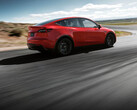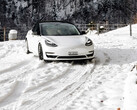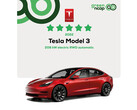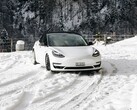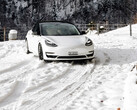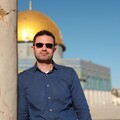The recent Arctic blast that resulted in historic wind chill temperatures of -108°F (-78°C) at places like Mount Washington brought along queues at Tesla Supercharger stations up north as well. Tesla drivers in the Canadian provinces of Ontario and Quebec where the wind chill brought temperatures down to the -40ºF (-40ºC) point, reported they were caught by surprise at how much their Tesla's range dropped, and had to form long lines in front of the Supercharger stations there.
While an hour of standing in a queue for a charger doesn't sound all that bad, there was some confusion who got their first and whose place in line is next on which stall, especially when people tried to jump the queue because of the increase in their range anxiety. The Supercharger wait times were also in stark contrast to the little to no waiting time the drivers experienced at the same stalls in regular conditions.
While recent winter weather battery range drop tests pegged the Model S and Model 3 winners, and other such tryouts confirmed that Teslas are one of the most energy-efficient EVs one can have in cold climates, their battery consumption rate can still jump by 72% when cold, and these were tests done nowhere near the -40 degrees weather here.
The other reason for the huge lines that formed in front of Tesla's Superchargers was the lack of V3 stations that can deliver up to 250kW of power for faster charging to 80%. The 12-stall Brossard Supercharger place, for instance, could only deliver 75kW per unit when all of them were occupied, since the V2 stations there that in theory deliver up to 150kW of power, were installed with the sharing feature. This means they actually have to split power with the next stall when all Superchargers are busy, which leads to slower charging rate even when the drivers had their battery preconditioned for charging before they got to the stall.
Recently, Tesla open-sourced its EV ports and connectors for all automakers and infrastructure manufacturers to use, calling it the North American Charging Standard (NACS). The NACS connectors can deliver up to 1MW of energy on the V4 stalls that Tesla will be installing for vehicles like the Cybertruck.
For now, however, Arctic blasts like the one in the last few days can cause charging bottlenecks not only because of the drastic range decrease, but also because a lot of Supercharger stations are still equipped with less powerful or kW-sharing stalls that are proving to be less than adequate in extreme weather scenarios.
So…there’s a bit of a wait at the Concord Supercharger at Vaughan Mills ????
— Drive Tesla ???????? (@DriveTeslaca) February 4, 2023
????: @Mayooran_n https://t.co/Pdw9eVhltB pic.twitter.com/mpzpJfVDUB




